For the 1980s, it was all change when the Mk3 Escort arrived. Fans of the breed made disgruntled noises about the move to front-wheel drive, but Ford soon followed up with the RS1600i - ‘i’ stood for injection.
The 1.6-litre CVH engine also had twin-ignition coils and a high-lift cam, which helped Group A racing versions rev to well beyond 6500rpm and produce over 160bhp. Only 5000 were originally planned, but demand was such that Ford had made nearly 9000 when production finished in 1984.
Along with fuel-injection, the RS1600i was the first Escort to feature a five-speed gearbox. Road-going versions were plush for the day too, with Recaro seats, electric windows, central locking and tinted glass available.
There was more to come, though, with the launch of the Escort RS Turbo in 1984. The turbo released 132bhp from the road-going version, and to help control the power it was equipped with a viscous-coupling limited-slip differential.
Both the RS1600i and Turbo became successful touring car racers, but for rallying it was clear that to compete in with the ballistic Group B cars something more extreme was needed.
The solution was to go bespoke and create the most expensive Rallye Sport model to date. The RS200 was a two-seat, mid-engined, four-wheel-drive special, complete with a part-carbonfibre chassis. To satisfy homologation requirements 200 road cars had to be built, each fitted with a 250bhp Cosworth-developed, four-cylinder, turbocharged engine. For rallying this was cranked up to an astonishing 650bhp.
Before the RS200 had hit its stride in competition, however, Group B cars were banned from rallying on safety grounds.
Used car buying guide - Ford Capri Mk3
A version of the RS200’s engine also found a home in the Sierra, and one the most famous of all Rallye Sport’s creations was born: the Sierra RS Cosworth. Capable of 150mph, at its press launch two motoring journalists who were testing one on an autobahn talked of keeping up with a Boeing jet which was on its approach to a runway that ran alongside the road.
In 1987, to improve the ‘Cossie’s’ Group A racing potential, Ford asked Tickford to create 500 modified homologation-specials. The car became known as the Cosworth RS500. Upgrades included twin-injectors, a larger Garrett turbocharger fed by a bigger intercooler and an improved aero-package. In race trim it could pump out 500bhp and was so dominant the regulations had to be changed to disadvantage it.
The Sierra Cosworth became the Sapphire Cosworth saloon in 1988. Two years later four-wheel drive was added.
A shortened version of its chassis was used to underpin the Escort’s rally revival, with the sweet-handling Mk5 Escort RS Cosworth taking wins which included the 1994 Monte Carlo Rally.
The 1990s to the present day
In the early 1990s the Escort RS2000 and Fiesta RS1800 brought back the famous names of the past but, along with the short-lived Fiesta RS Turbo, didn’t quite live up to expectations.
Ford took big steps to improve its product range at the end of the millennium, and the superb Mk1 Focus was the result. It gained unique bodywork, carbonfibre additions inside the cabin, a limited-slip differential and a tasty turbocharged engine, with 4501 built over its lifetime. Five-years after the last RS model, the 2002 Focus RS was a car fit for the badge.


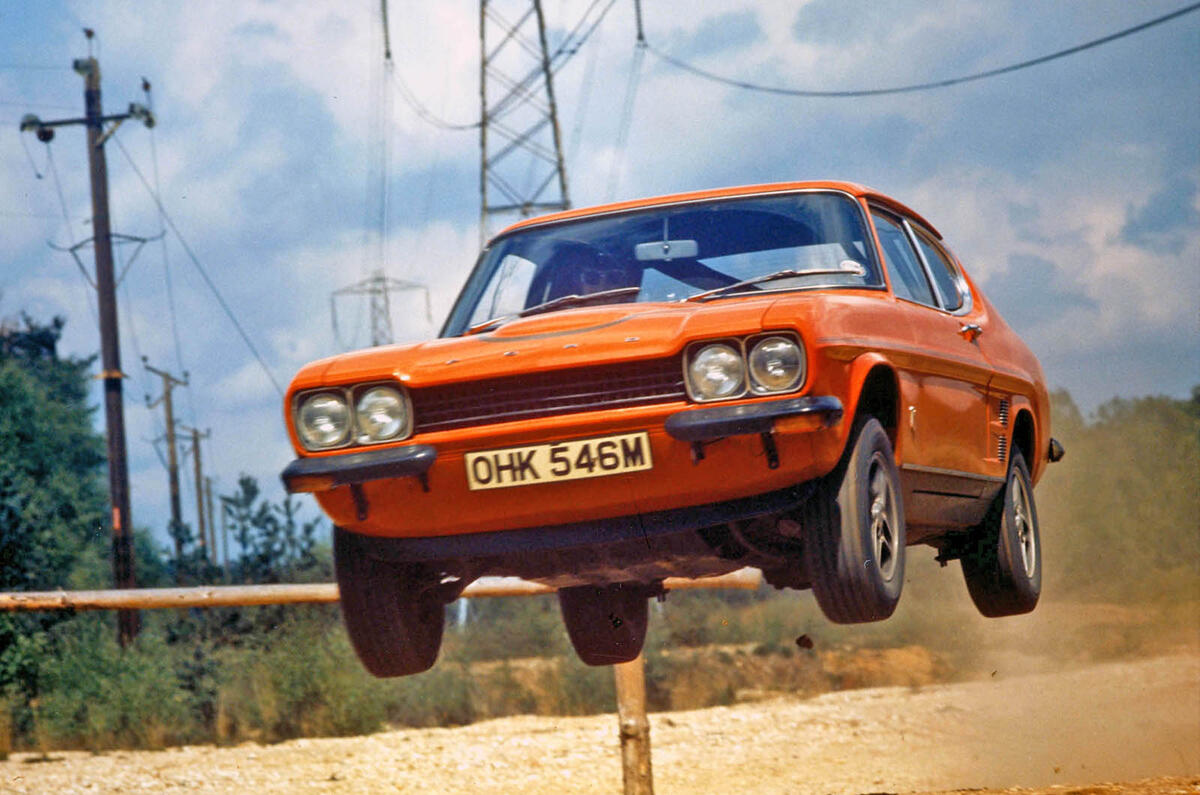
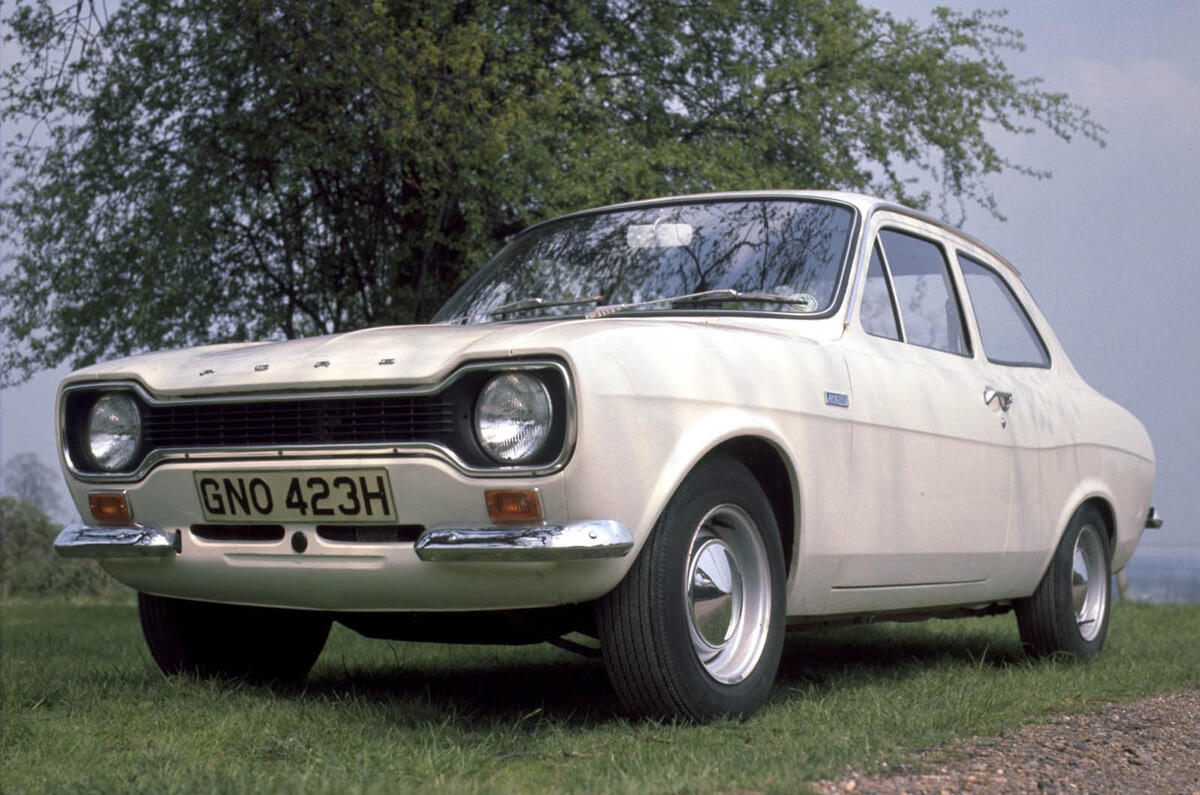

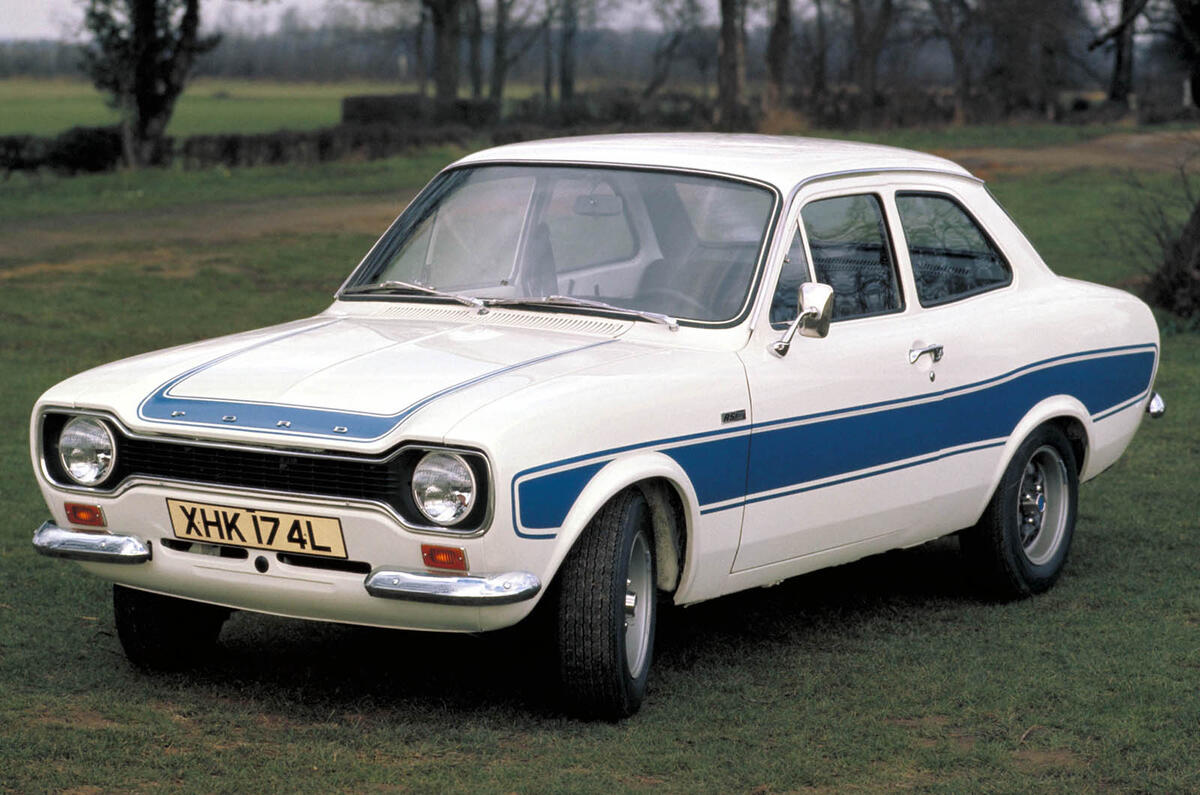
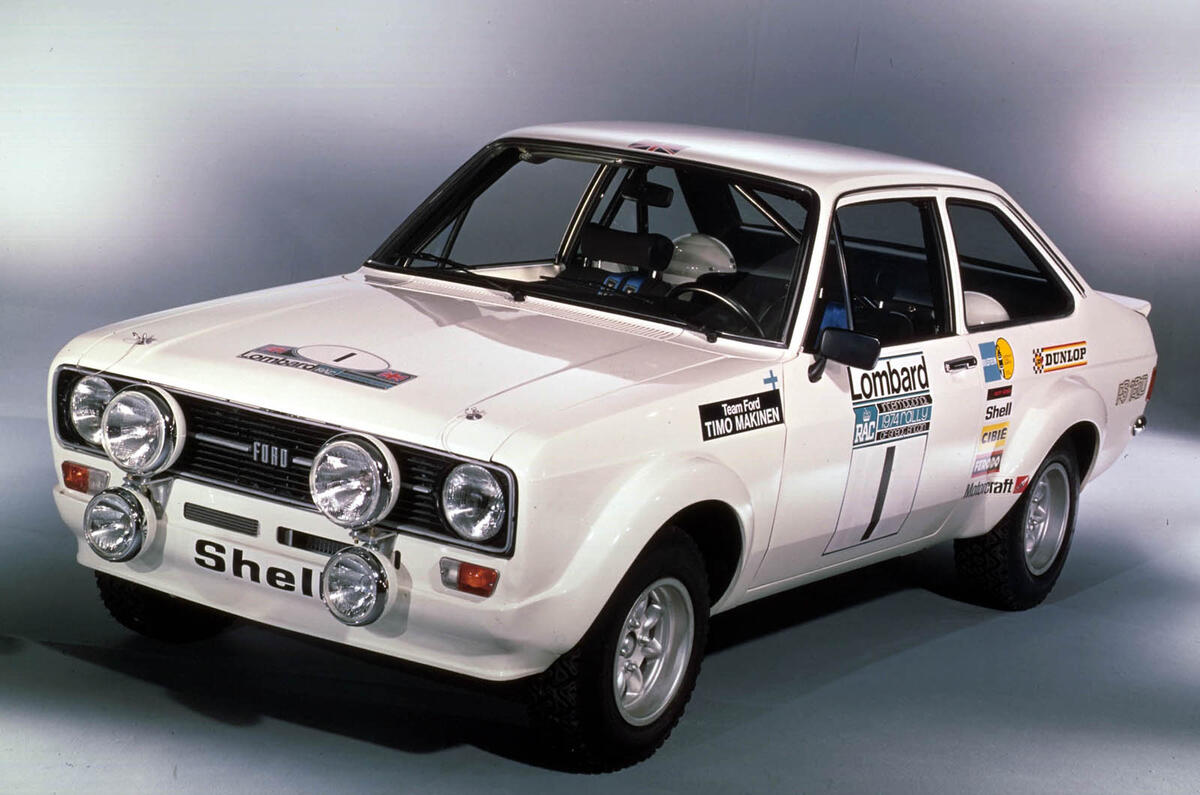
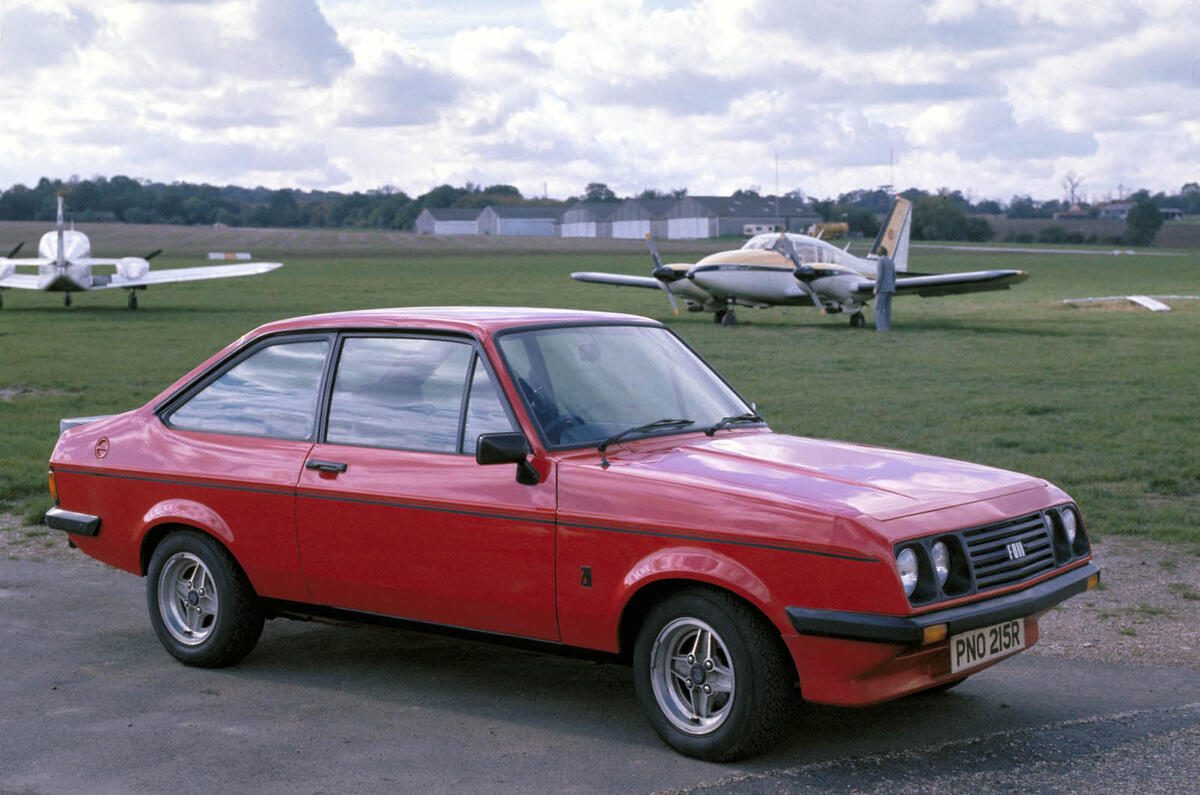
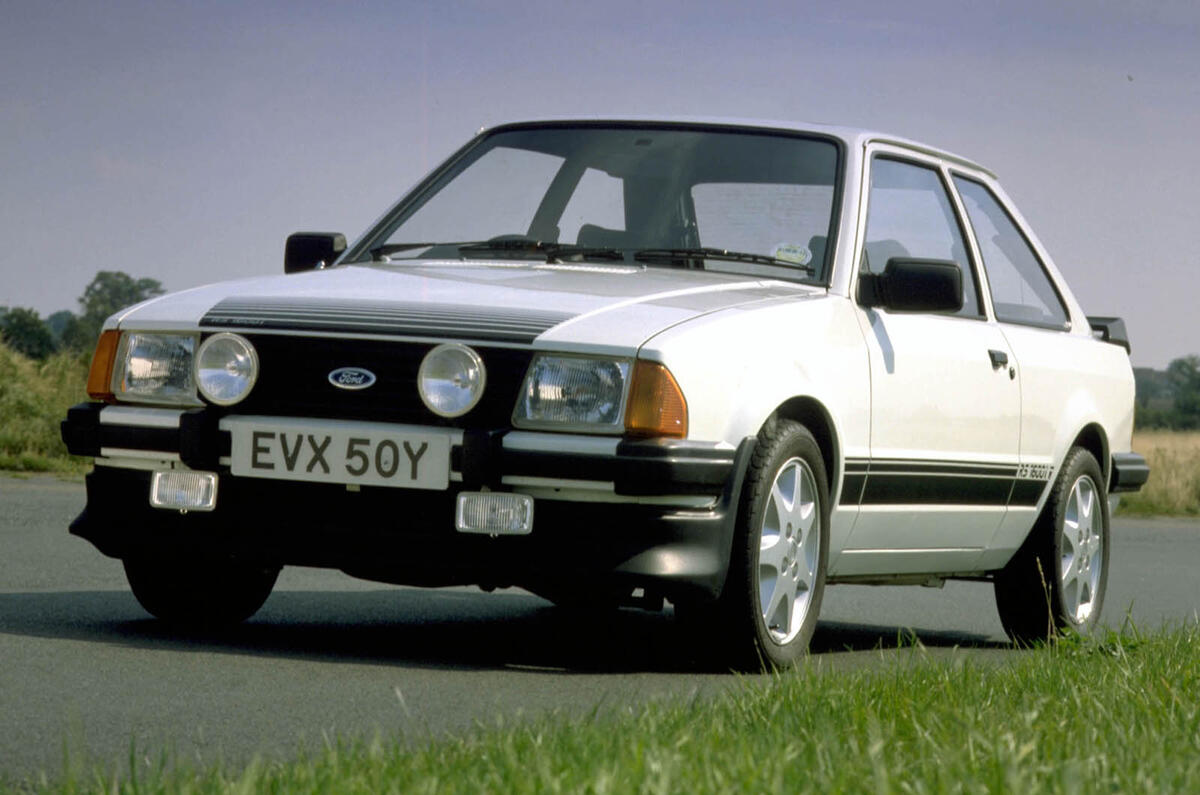
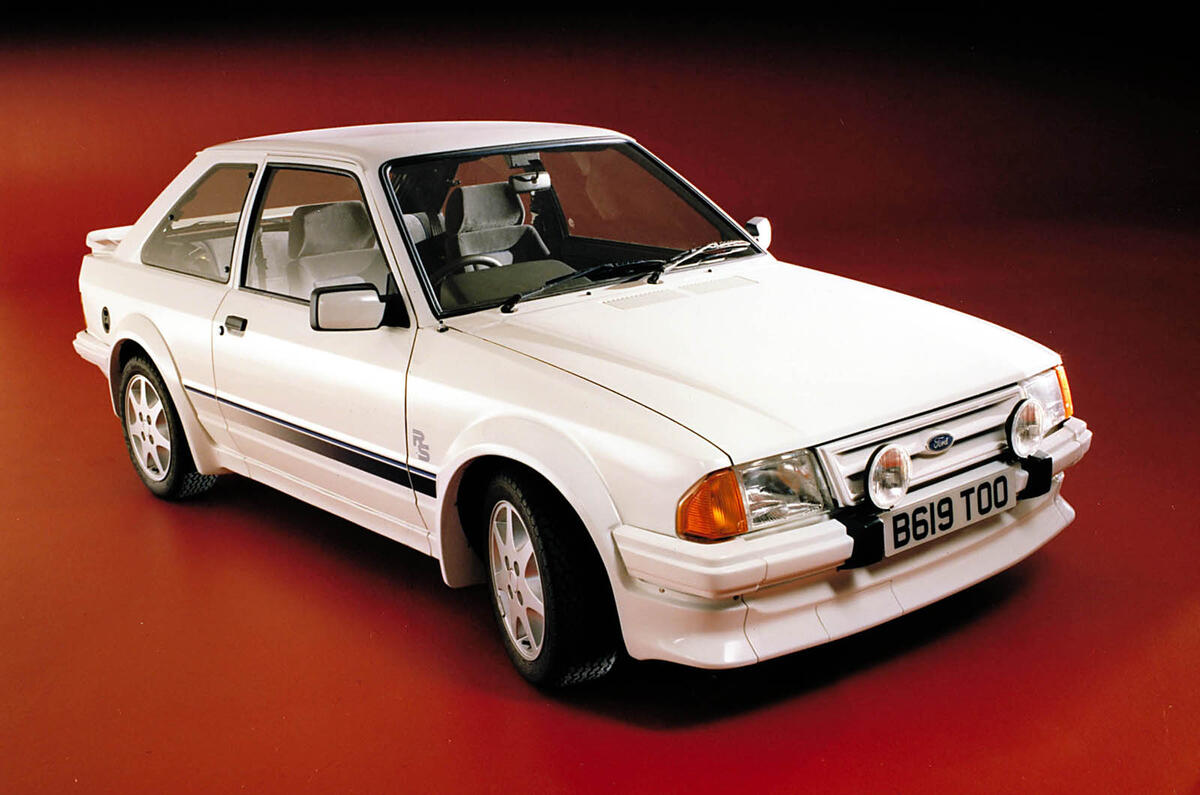
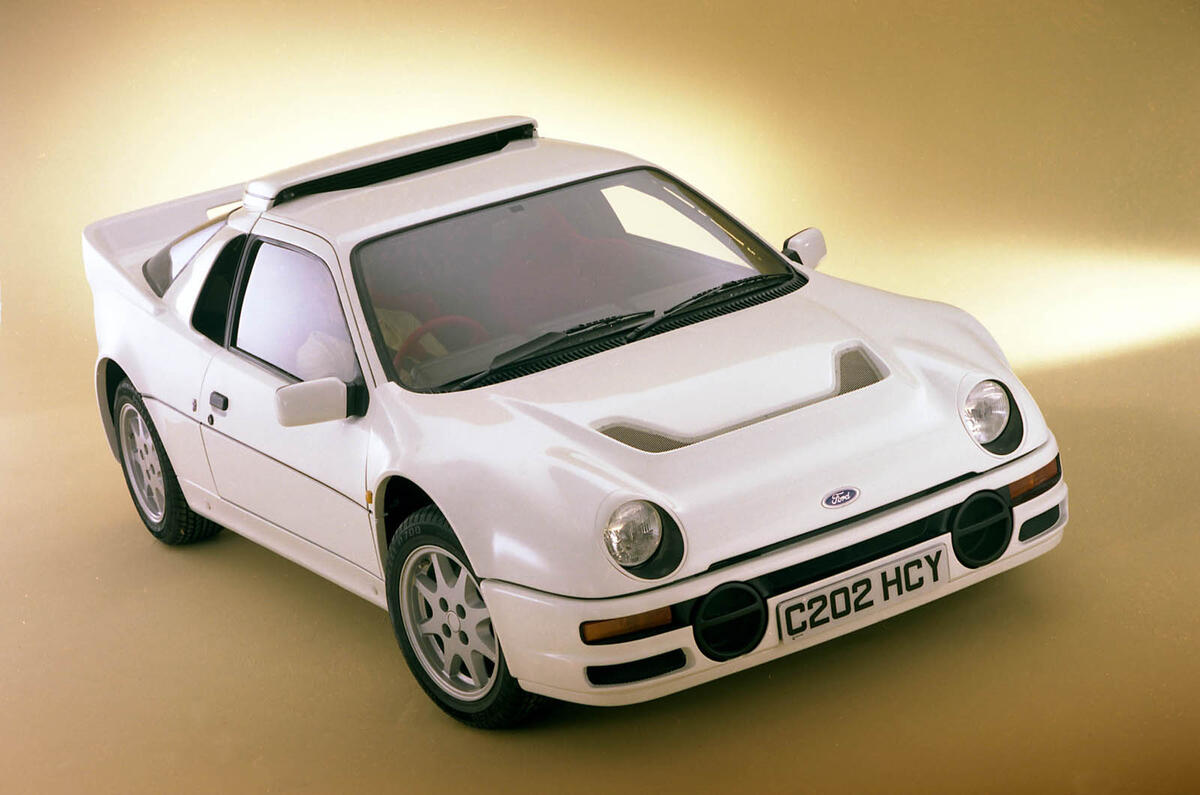
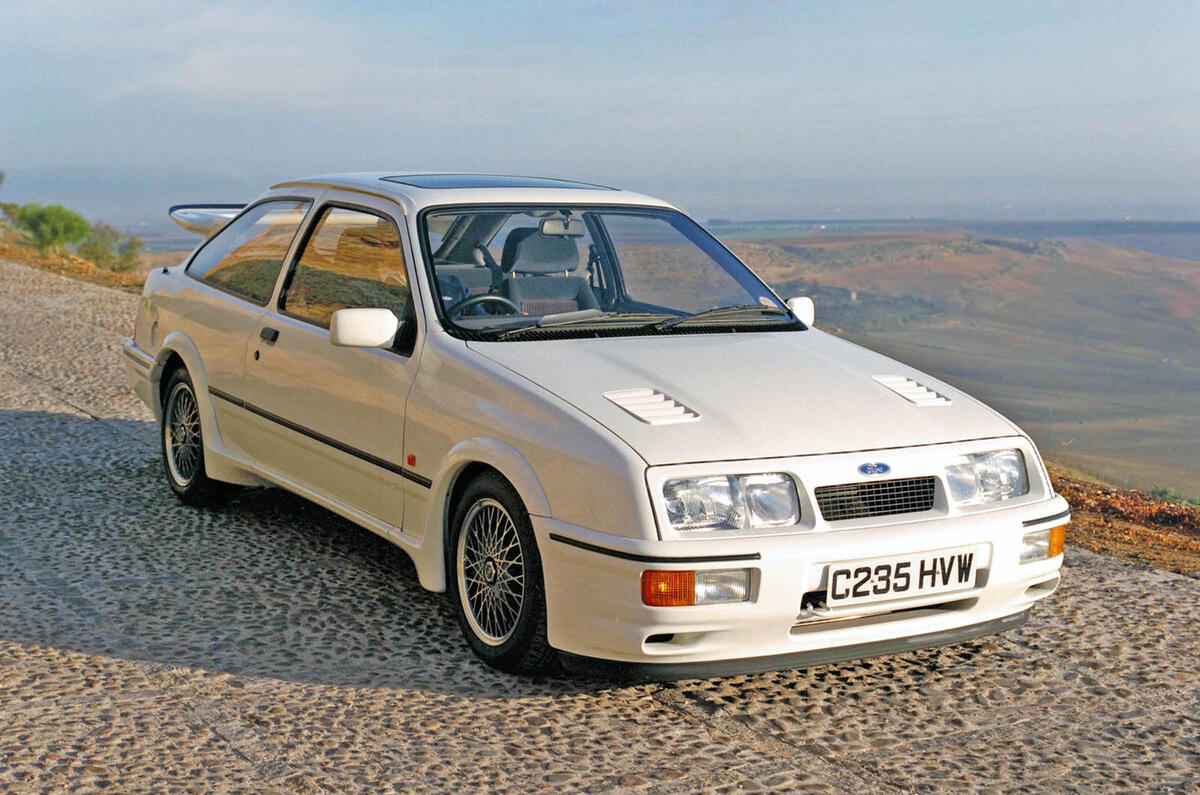
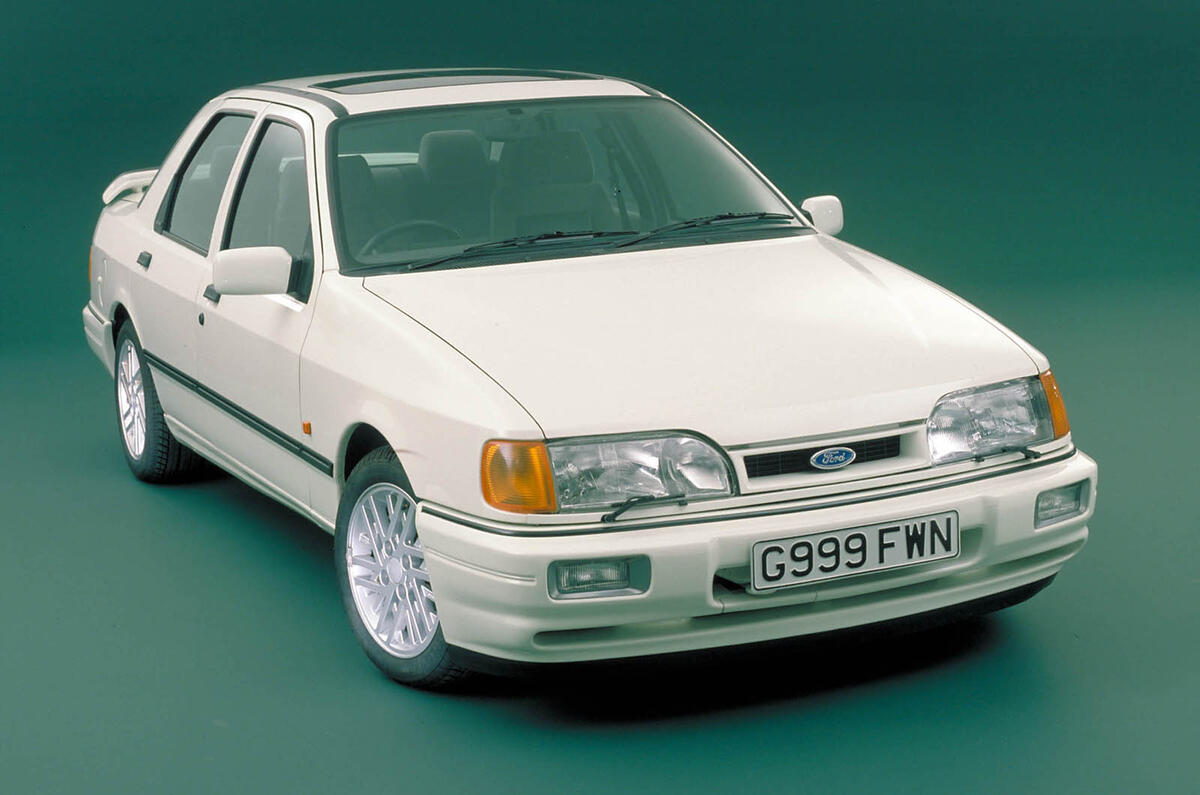
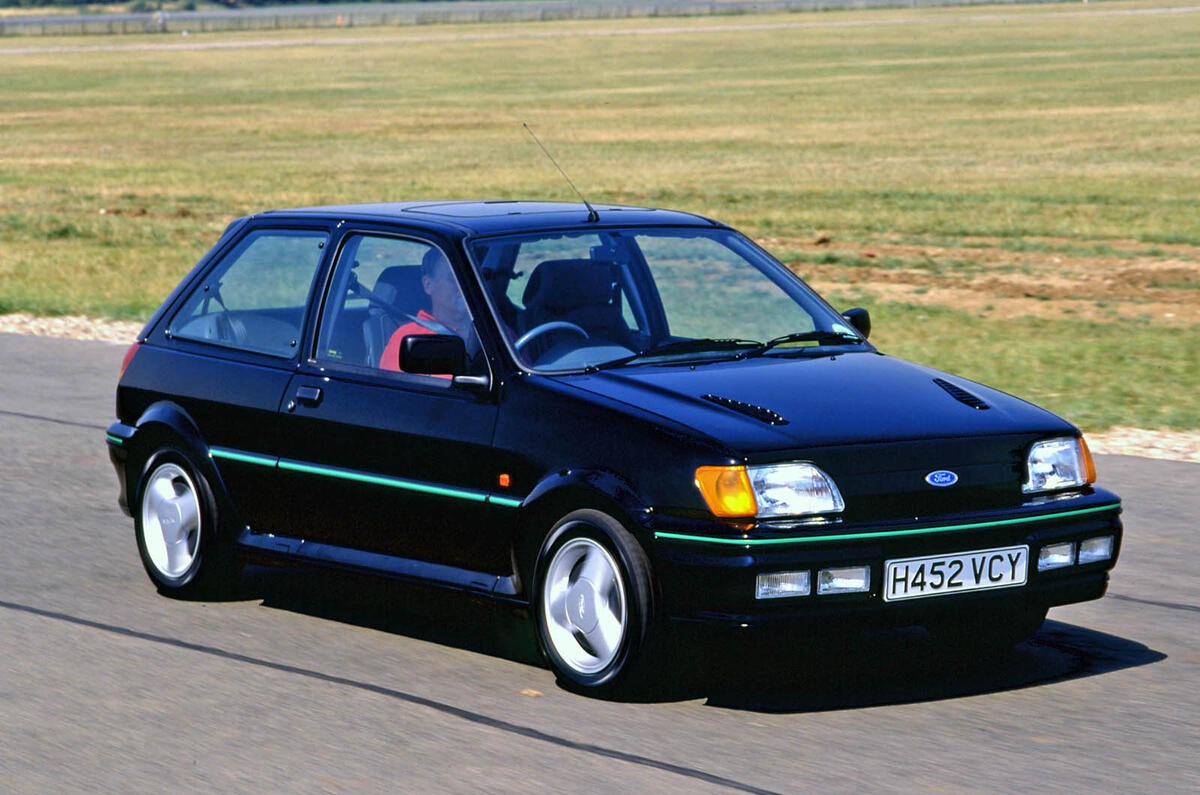
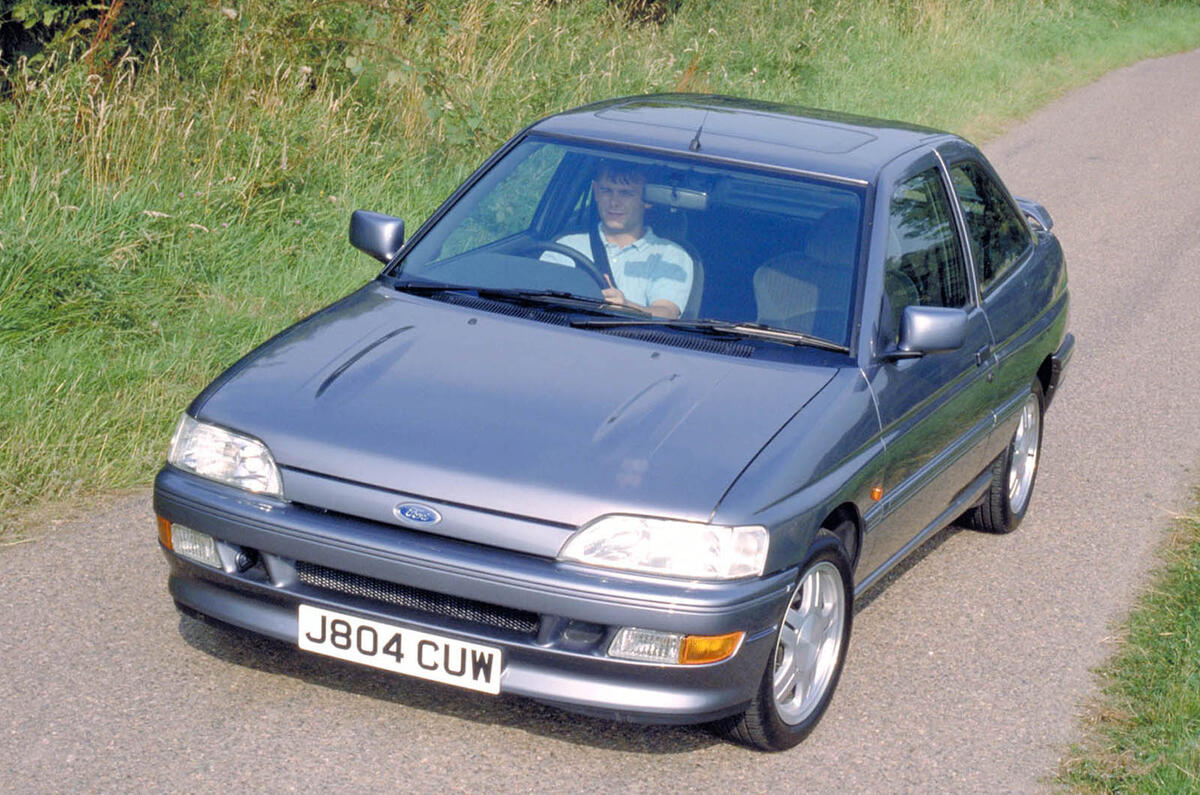
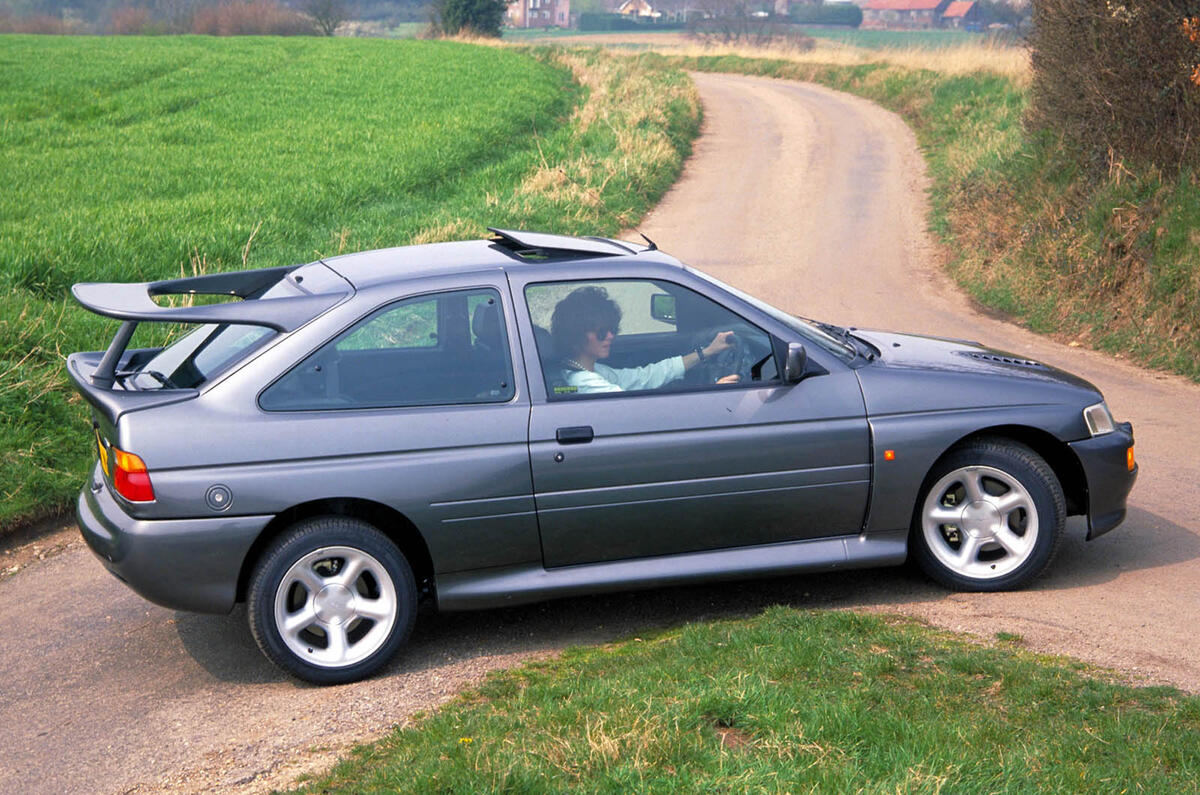
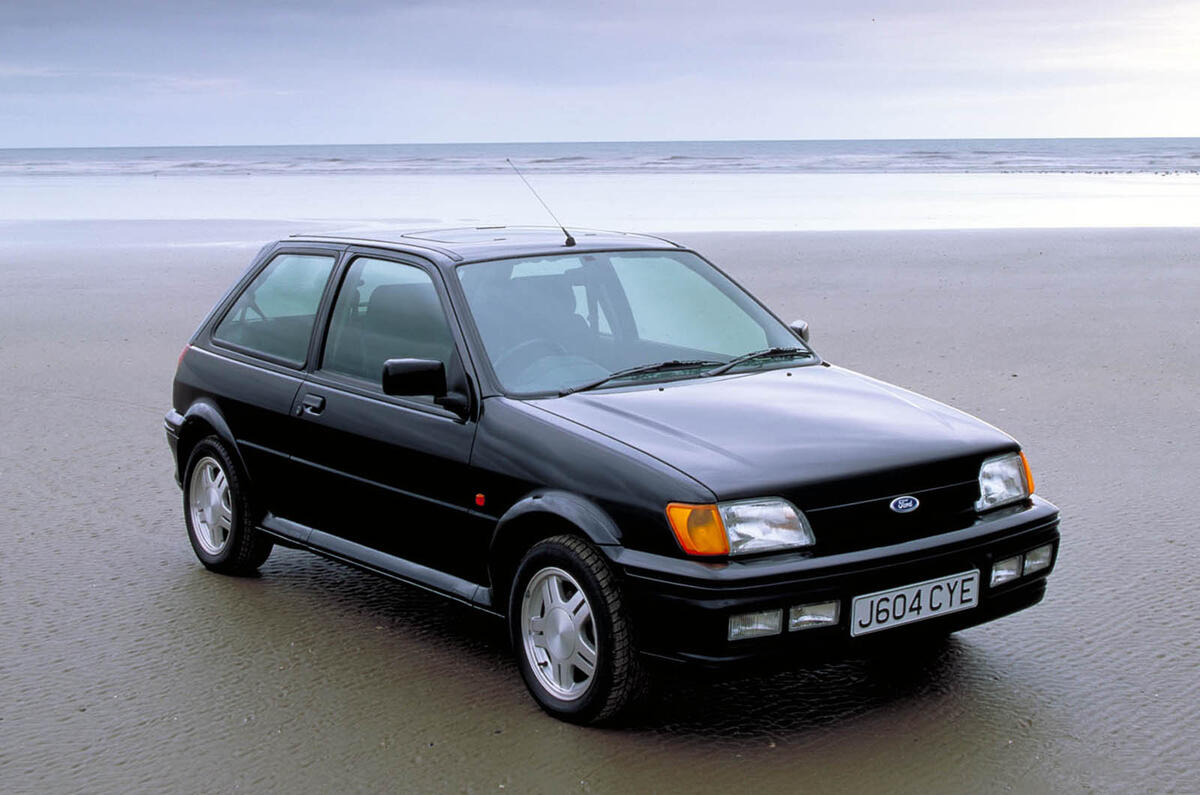
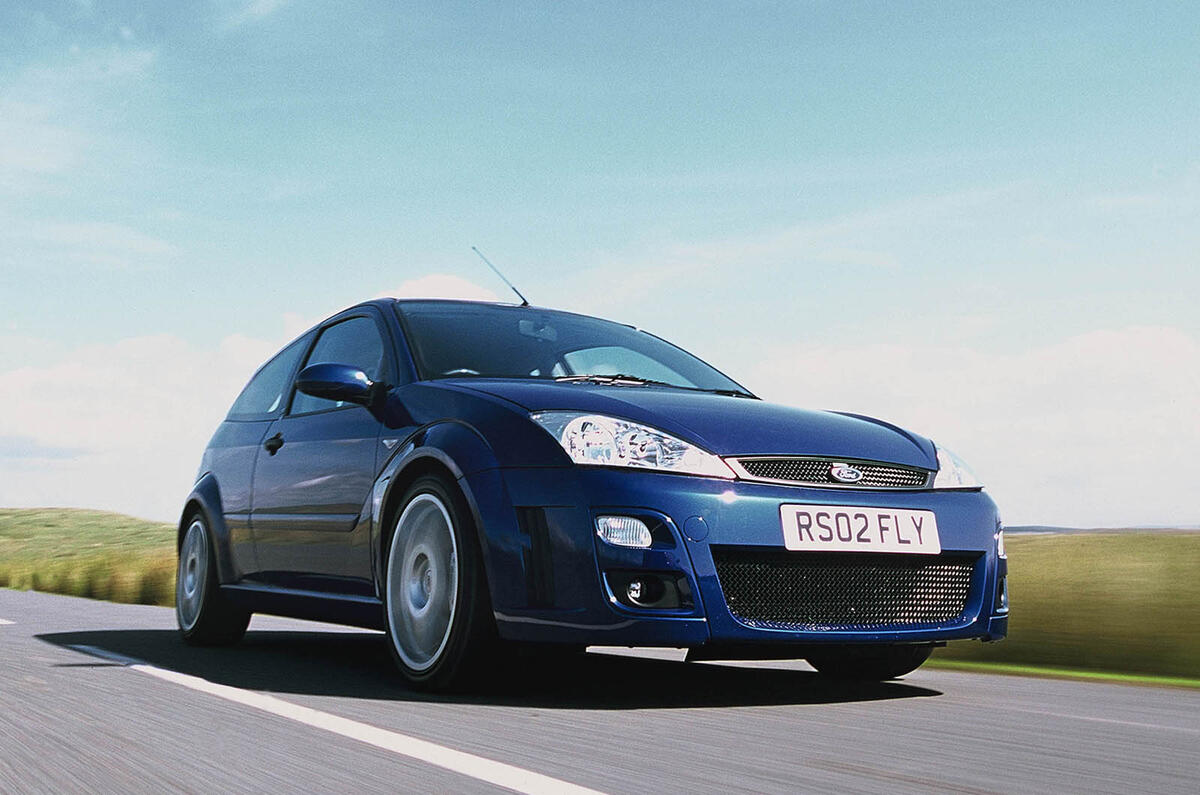
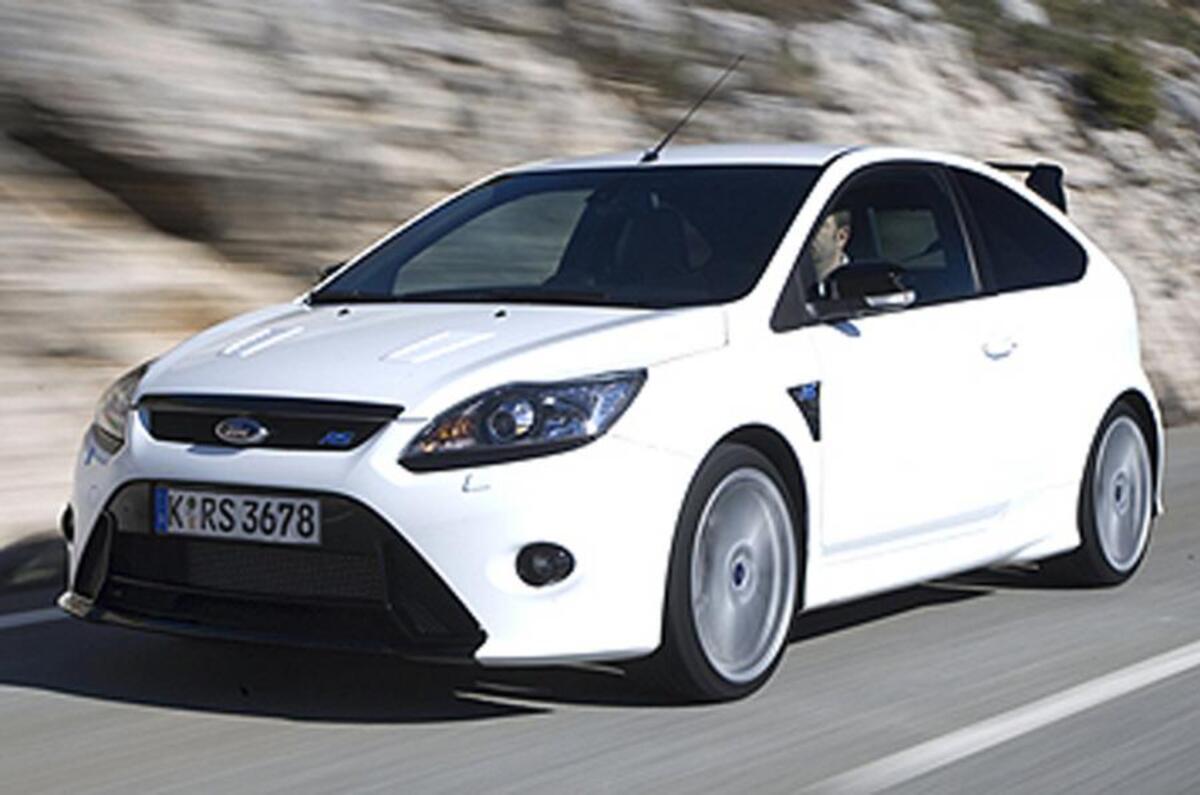
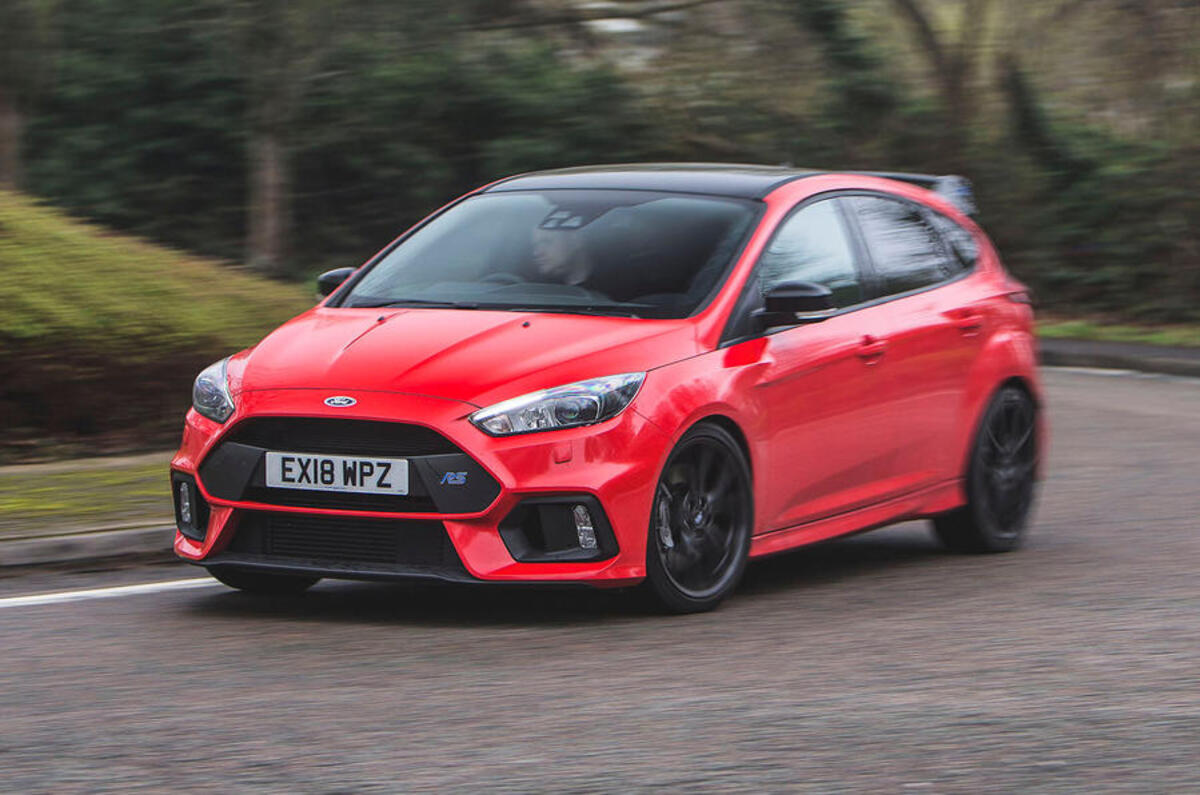
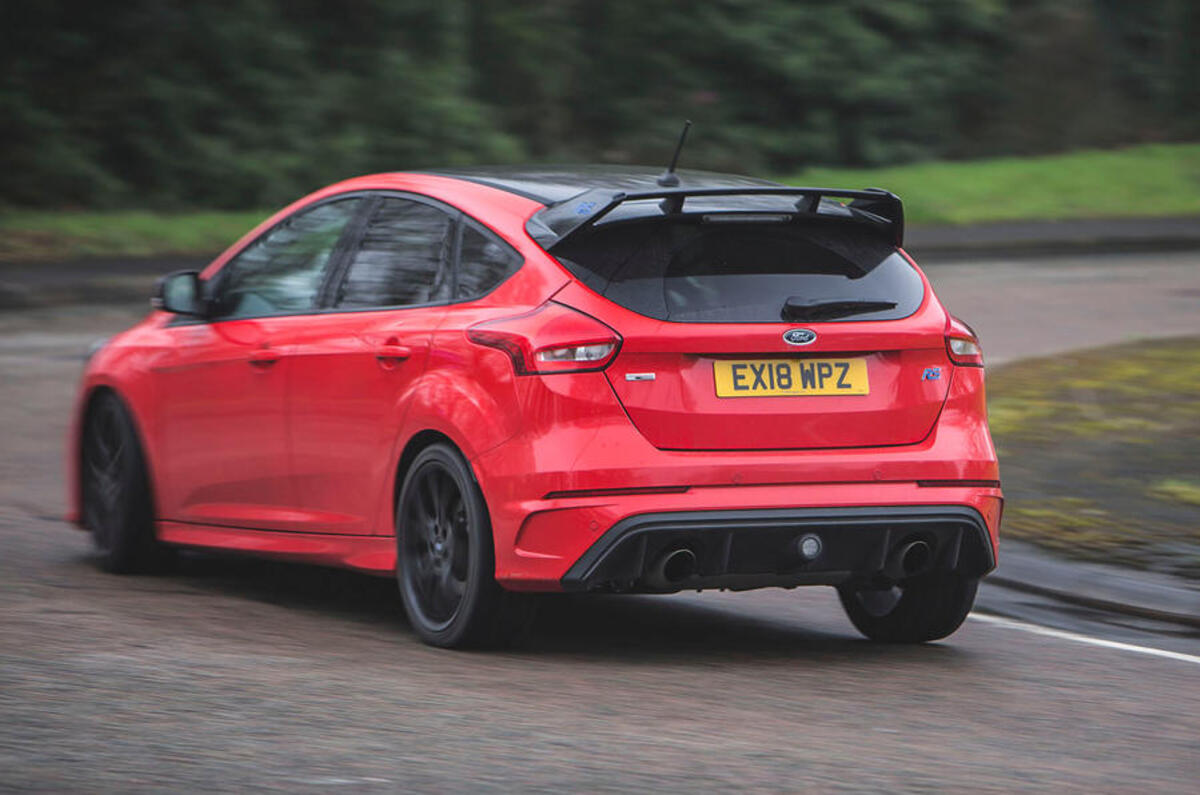
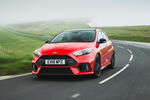
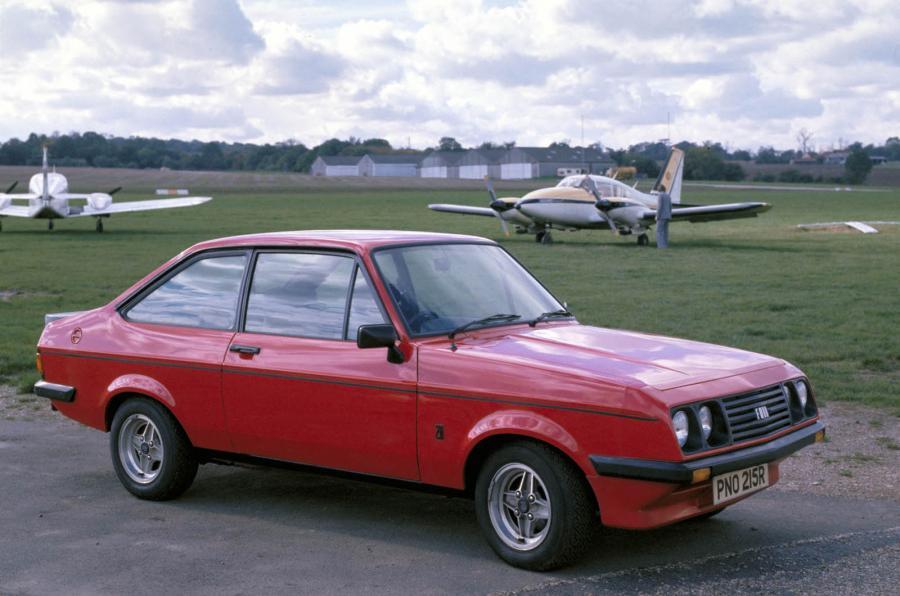
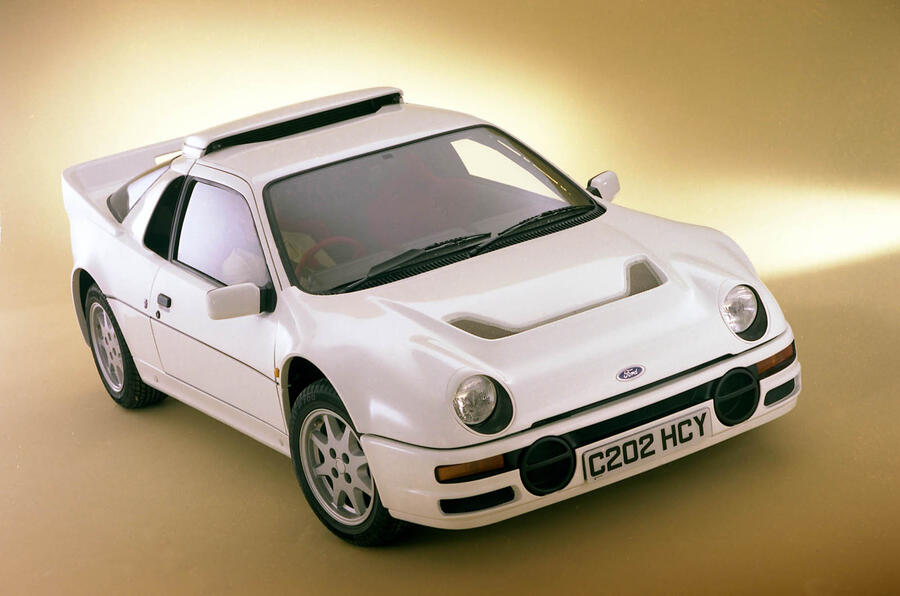
Join the debate
Beastie_Boy
All Fords leave me cold as it is, but fast Fords...
5wheels
Beastie_Boy wrote:...I've
I suppose your are about mid 30's and a total snob never mind chav. You missed your ":growing up" years when Ford was No1 selling and whilst not brilliant were reliable tough and had the biggest boot to make them the repmobile of choice. Added to that of course was what this story is all about - REAL cars and you need to be driven in one - if you have the chav and balls by a decent wheelman - after which you are and will be allowed to change your mind!
My only complaint with Ford - why they distanced themselves from Lotus - I raced Lotus Cortina on track for a year before moving to rallying (and went the way of Toyota because they had better deals for the privateer) - but I have the fondest memories of the LC and tussles with Jags and A 90's and even the odd Mustang
Beastie_Boy
I'm afraid "you're" wrong... I'm 42.
Ruperts Trooper
Escort Mexico
289
@ Ruperts Trooper
In my humble opinion, Ford should drop the investment in the new Vignale range.....no one is going to be fooled by some extra fake wood and plusher leather, and the Brand name is not capable of moving upmarket. the big 3 are too firmly ensconced and punters too dazzled by designer names to aspire to a Ford ( no matter how good the base car may be), and using the name of a defunct Italian design house that no one can pronounce correctly isn't a route to success. No,I feel they should go back to their routes...Motorsport, attack Le Mans with the new GT, and give Malcolm Wilson back responsibility for a 'works' Rally team....create a larger RS range as a halo effect to the Ford Brand. Possibly even link up with Lotus or Cosworth again.
Yes I know the numbers are small, but not as small as a Vignale range is likely to be!
Just my opinion for what it's worth Ford.
John Howell
Flattery will get you everywhere...
I'll bag the compliment referring to me as a kid, but this researcher, like the Mk2 RS2000, has sadly clocked-up 39 years!
Thanks for the input, which is gratefully received, although I didn't claim the Mexico winner had a BDA-spec engine.
However, I did say in the copy 'In the same year a development of the RS1600, now fitted with a pushrod head and a larger 1.8-litre block, won the gruelling 16,000-mile London to Mexico World Cup Rally'.
Unfortunately, due to space and readability issues, I couldn’t mention every detail change, but what was written is correct.
A 'development' of the RS1600 (meaning the whole car, including the chassis and suspension, not singularly the motor), was used to create the Mexico winner.
To be absolutely correct, the BDA engine used a Kent block but with the multi-valve Cosworth cylinder head. So in effect, it was a modified Kent engine anyway.
5wheels
Beastie Boy
Beastie_Boy
Woohoo, we agree!!!
As for us not being able to amend typos on this forum, I think that's the least of autocars worries.
5wheels
Sorry for the typo's
Ravon
Capri RS 3100 ?
Pages
Add your comment